Compact Scout Takedown Survival Bow
$199.95
Scout Compact Takedown Survival Bow (Arrows and accessories not included - bow only)
Australian customers click here for a local supply - www.survivalarcherysystems-australia.com.
Made in the USA, the SAS Scout Compact Takedown Survival Bow is the smaller brother of the Ranger Compact Takedown Survival Bow. Designed by experienced engineers who have designed it to withstand many decades of use, this is one of the fastest deploying compact bows on the market. Unlike its bigger brother it does not stores takedown arrows inside the riser. This option allows for a more rounded grip and is meant for users who either shoot full length arrows or are storing takedown arrows elsewhere in greater number anyways. Both the Scout and the Ranger bows use a push style longbow grip, so they are comfortable, but the Scout's grip is more comfortable to carry.
Converting from left to right hand by simply flipping the limbs around and restringing and the fact that no special tools are required for operation and maintenance, makes this bow easy to use when shared between multiple archers or unit members. Also capable of accepting accessories such as sights, quivers and screw in arrow rests, look no further than theScout for a compact and accurate weapon for your backpack.
Check out the menu tab, "Overview - Which bow should I choose" on our website for more detailed info on our different bows. Also check out some shooting of the Scout together with Chris from PreparedMind101.
(Note: New archers should err on the side of caution and choose lower poundage bows - 55# bows are definitely not recommended for new archers and we have numerous new customers requesting to purchase lighter limbs shortly after the purchase of our 55# bows. A 55# bow is equivalent to about a 70# compound bow in perceived draw effort as you hold the full 55# at your anchor point.). The lowest legal poundage (and possibly 5# upward of that) for hunting in your area is generally recommended if you are a new archer. You will be better able to develop proper form and will be more accurate.
Technical Information:
- Made in the USA
- Bow type - Modern Longbow
- Storage - No storage solution for takedown arrows due to its smaller footprint
- Draw weight - 40, 45, 50 and 55 pounds at 28 inch draw (Note: New archers should err on the side of caution and choose lower poundage bows - 55# bows are definitely not recommended for new archers.)
- Maximum draw length - 31 inches
- Bow Length - 60 inches (strung), 22(inches stored)
- Brace Height - 7-8 inches recommended depending on your draw length
- Arrows speed - Up to 200 ft/s for 50 pound version and up to 210 ft/s for 55 pound version
- String compatibility - B50 Dacron 16 Strand Endless Loop only
- Strung bow weight - 1.27kg (2.8 pounds)
Material:
- The Scout Compact Takedown Survival Bow makes use of the finest US and Aerospace materials.
- Riser - Aerospace Grade T6 Aluminium (a premium grade even when compared to aircraft grade T6 aluminium). The material also receives a special surface treatment prior to anodizing in order to make the surface non-reflective. This same surface treatment also allows for a better surface for paint adhesion should you the customer want to employ a camo paint system to the product.
- Limbs - Made in the USA from the same high quality composite material that is used by nearly all of the big names in the compound bow industry. Our limbs are cut using precision waterjet technology and painted directly at the supplier in order that we can receive a consistent, quality product from the industry's best.
- Limb retaining plate - Made of carbon fiber to ensure high strength and durability in the field
- Hardware - The retaining plate is held in place using marine grade 316 stainless steel that has been specially chemically treated in order to allow for a black surface treatment to prevent glare. Our supplier is a military vendor who perfected this process over the past decades to ensure a consistent quality finish.
- We hope you enjoy the product and trust that it will give you many years of trusted service in the field.
What you get:
- SAS Scout Compact Takedown Survival Bow in your choice of draw weight
- 16 Strand B50 Dacron Endless loop 60" String
- 1 x brass nock set with black inner (inside the string bag)
- 1 x Velcro security strap
- 1 x owners manual
- A 12 month original owner's warranty as per our warranty conditions (Bow only)
- Arrows, accessories and carry bag are NOT included, but may shown in photos or Youtube videos for demonstration purposes only.
Please note that we do not accept returns for bows that have been strung up. Should you wish to return your bow for whatever reason after receiving it you must not attempt to string the bow. The bow has special indicator marks which tell us if the bow has been strung and could pose a potential risk to another customer. This is how we ensure that our customers remain safe should a returned bow have been dry-fired without our knowledge. Therefore please ensure you intend to keep the bow once you string it for the first time.


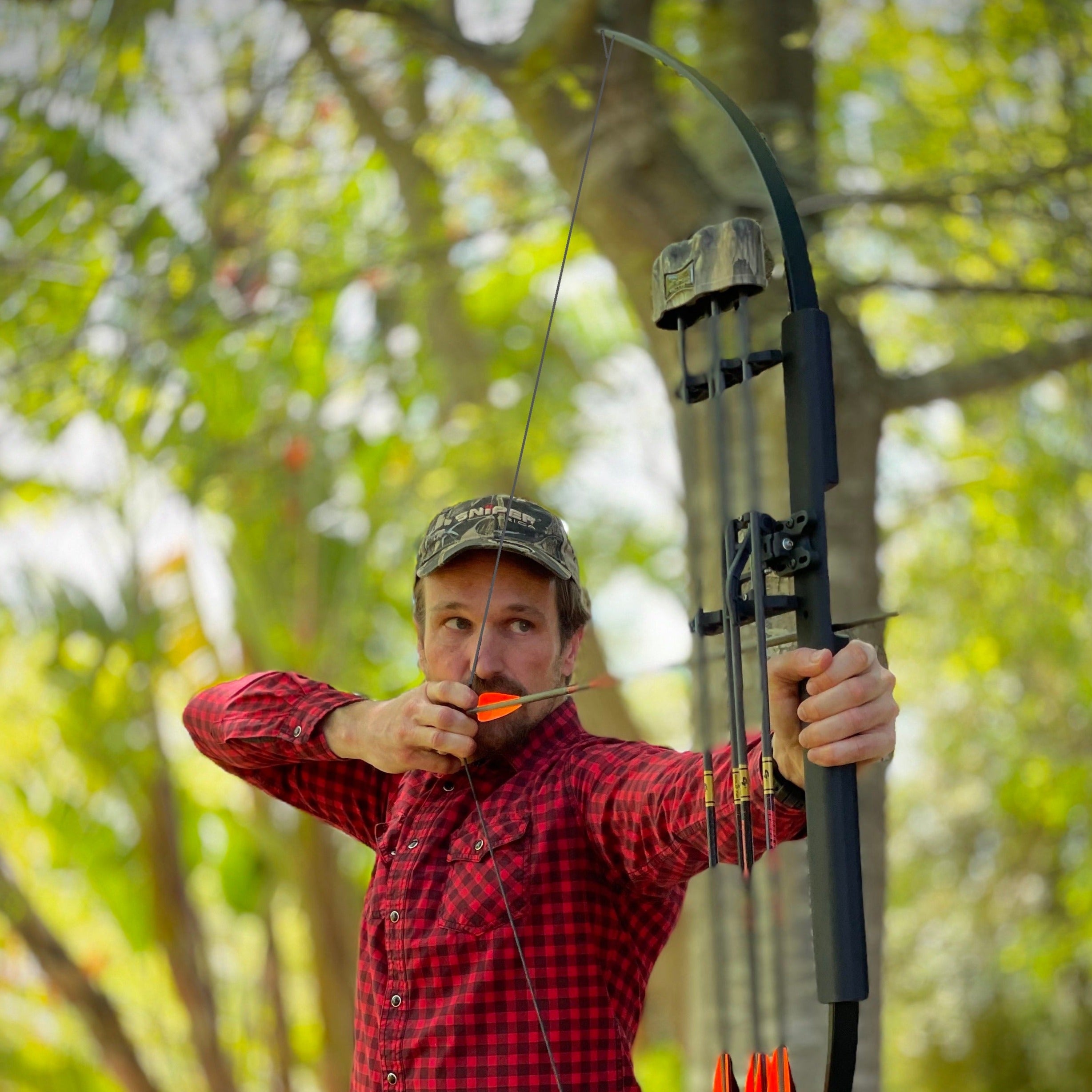
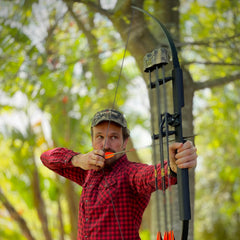
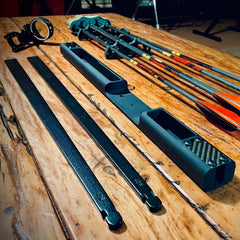
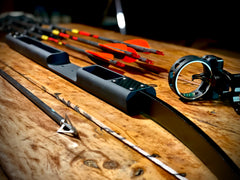
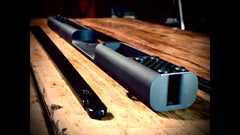
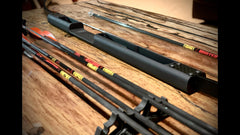
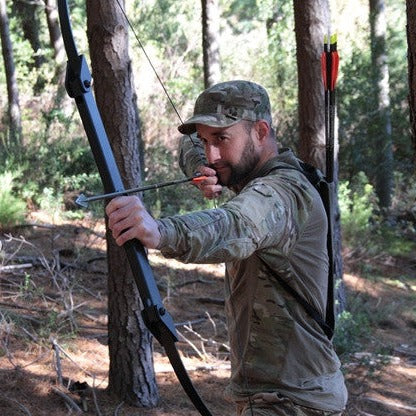
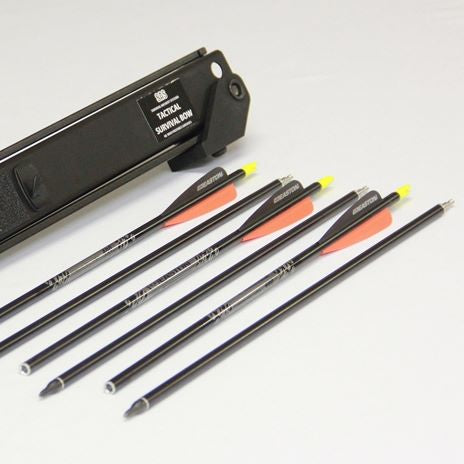
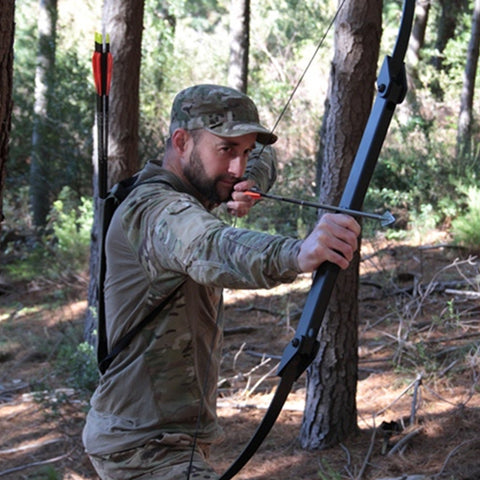
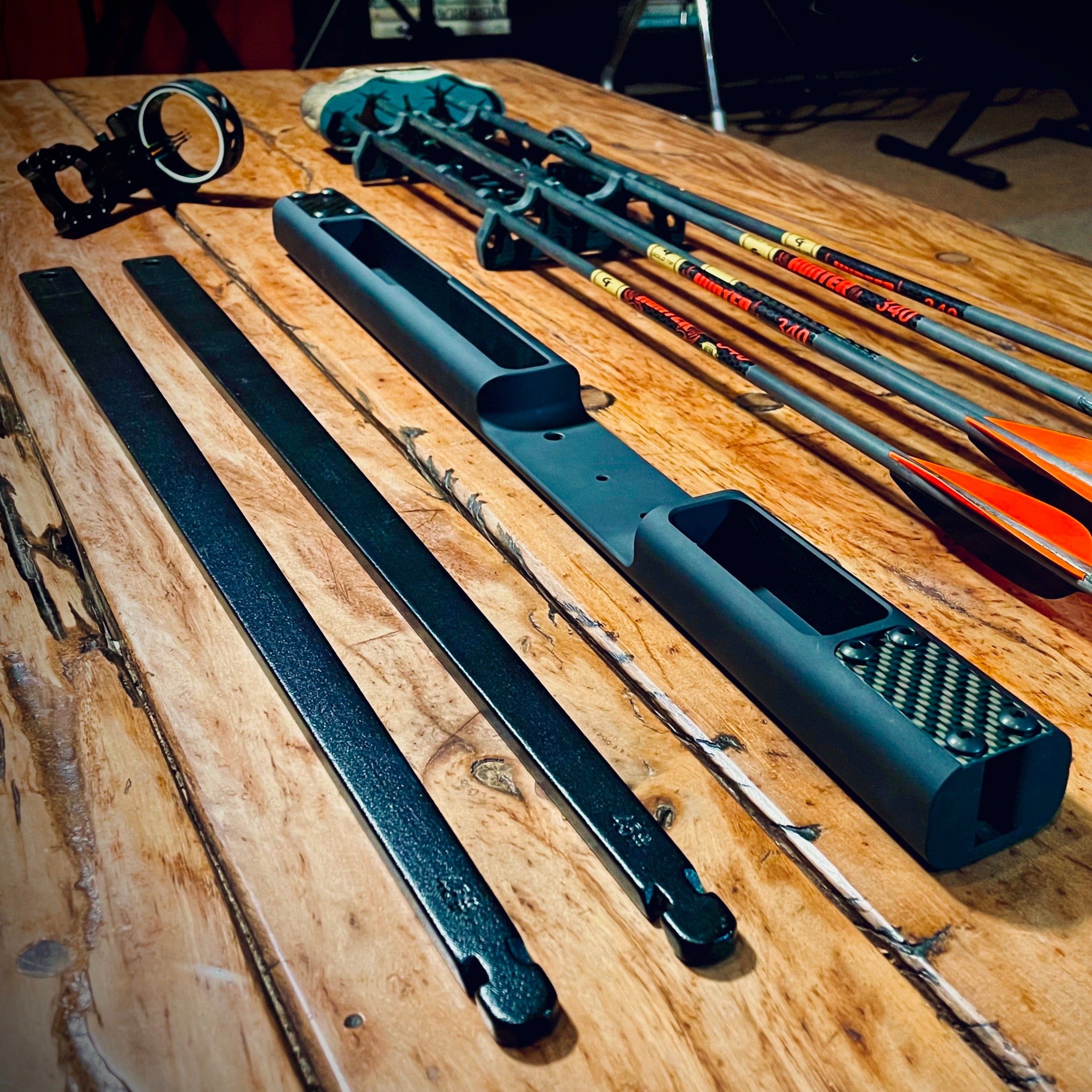
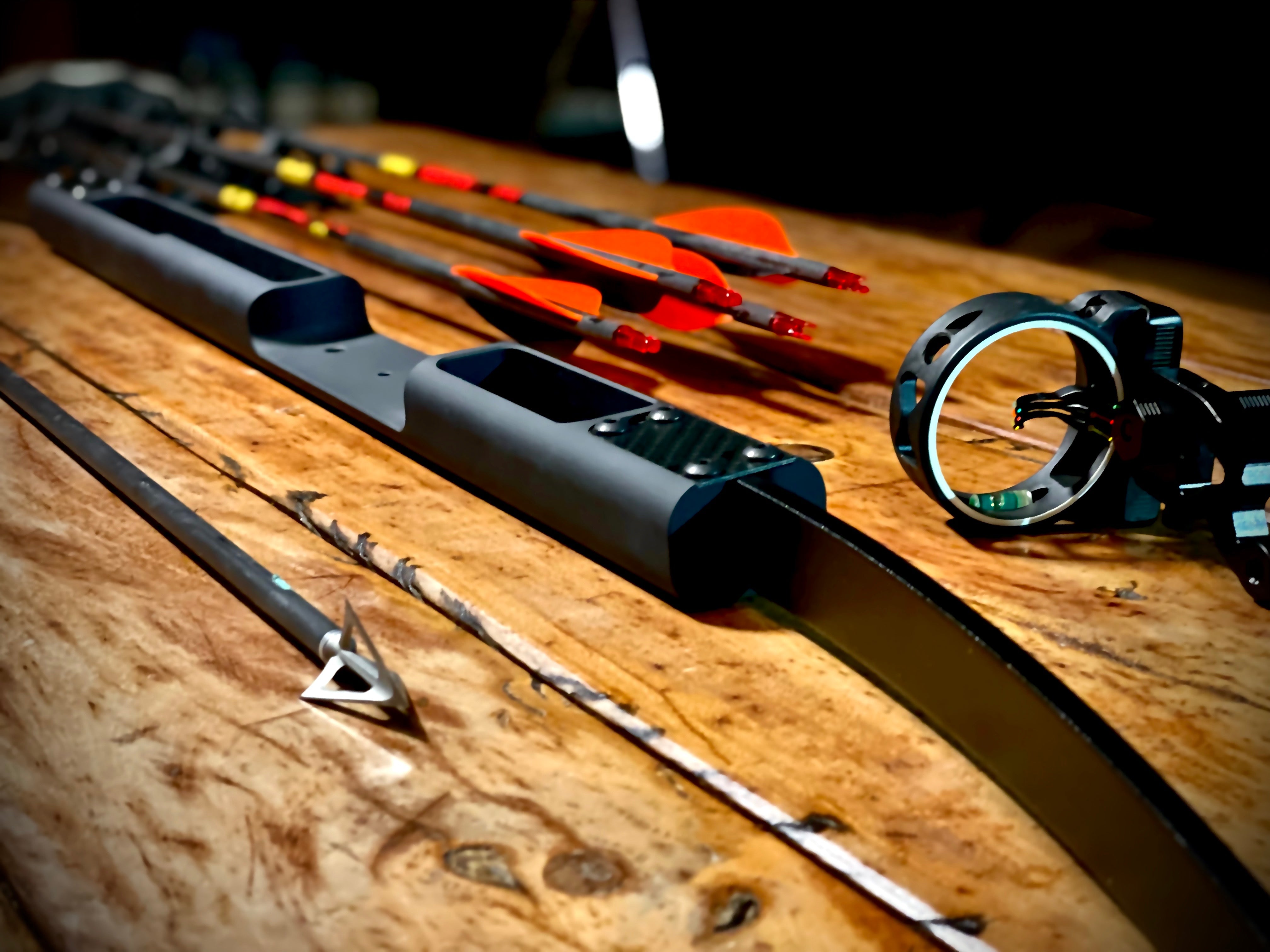
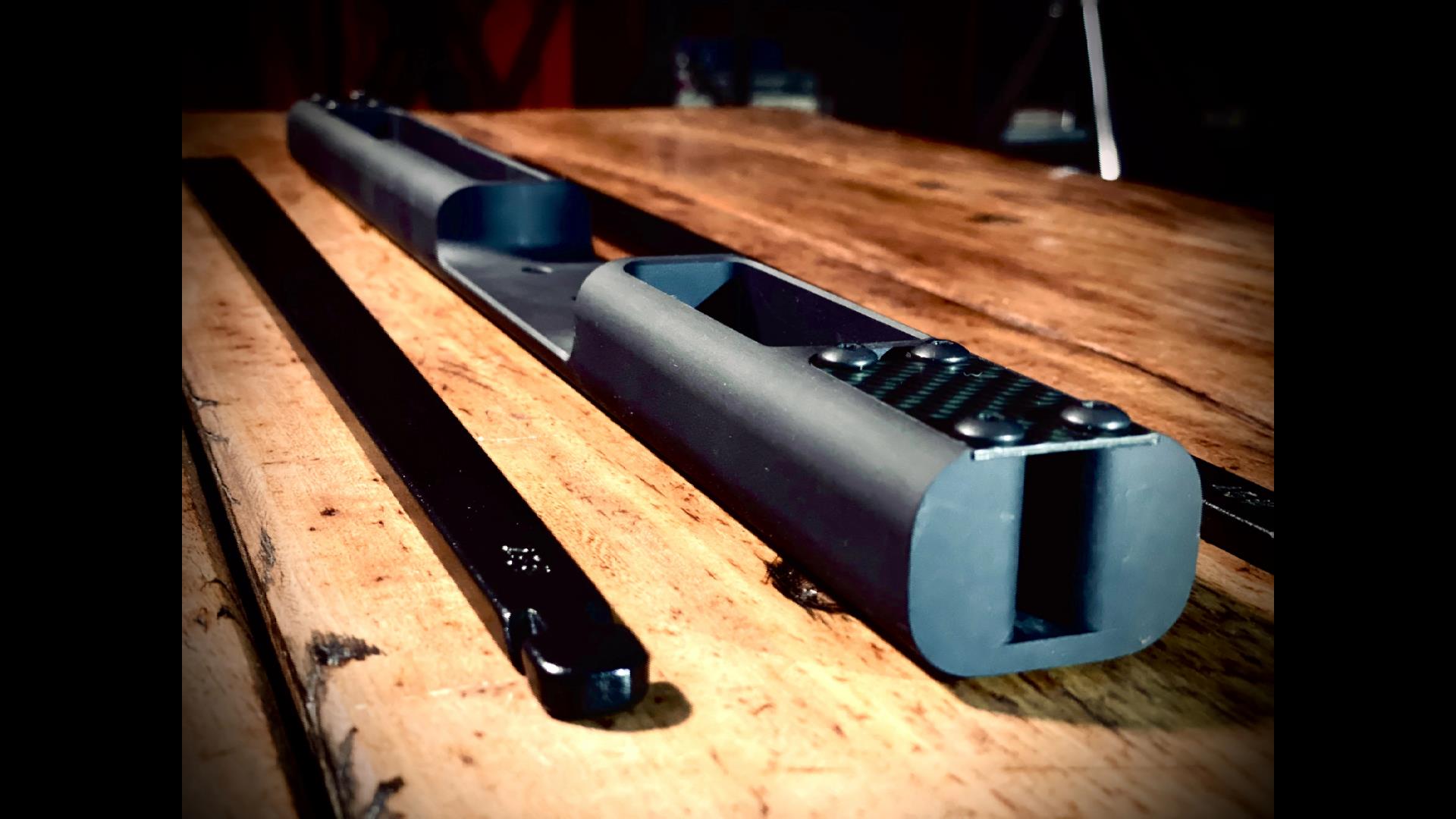
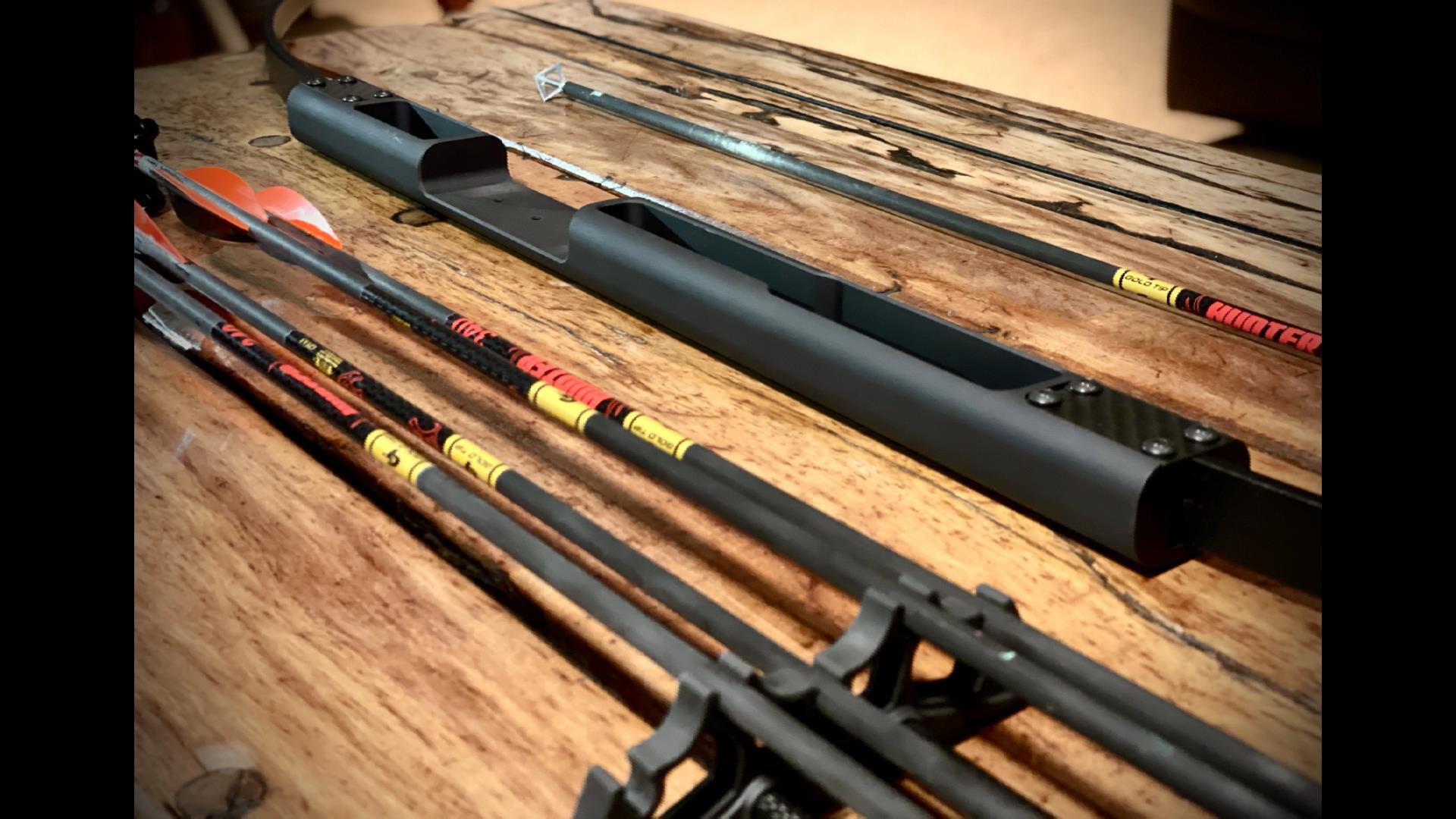
Share this item: